- News
- Reviews
- Bikes
- Components
- Bar tape & grips
- Bottom brackets
- Brake & gear cables
- Brake & STI levers
- Brake pads & spares
- Brakes
- Cassettes & freewheels
- Chains
- Chainsets & chainrings
- Derailleurs - front
- Derailleurs - rear
- Forks
- Gear levers & shifters
- Groupsets
- Handlebars & extensions
- Headsets
- Hubs
- Inner tubes
- Pedals
- Quick releases & skewers
- Saddles
- Seatposts
- Stems
- Wheels
- Tyres
- Tubeless valves
- Accessories
- Accessories - misc
- Computer mounts
- Bags
- Bar ends
- Bike bags & cases
- Bottle cages
- Bottles
- Cameras
- Car racks
- Child seats
- Computers
- Glasses
- GPS units
- Helmets
- Lights - front
- Lights - rear
- Lights - sets
- Locks
- Mirrors
- Mudguards
- Racks
- Pumps & CO2 inflators
- Puncture kits
- Reflectives
- Smart watches
- Stands and racks
- Trailers
- Clothing
- Health, fitness and nutrition
- Tools and workshop
- Miscellaneous
- Buyers Guides
- Features
- Forum
- Recommends
- Podcast
feature
 Cycling signs main pic
Cycling signs main picSigns for cyclists – from ‘No cycling’ to ‘Except cycles’ here’s everything to look out for when riding on the road
When cycling on public roads, you will encounter a huge variety of signs, many of which are aimed specifically at people on bikes, letting you know where you can and cannot go, among other things. In this article, that builds on our feature on the parts of the Highway Code that are most relevant to cyclists, we've aimed to give you a comprehensive guide to all the most common cycling signs (and some less common) that you're likely to encounter on UK roads.
As with the Highway Code article, most – perhaps all – of what we set out below will already be familiar to experienced cyclists, but for those who are new to using pedal power to get around, the sheer diversity of signs as well as road markings and the messages they aim to convey can at first be daunting. Hopefully this primer will help set you on the right path, literally as well as figuratively.
As a road user, it’s your responsibility to make sure you are familiar with the various street signs and road markings that you will encounter. If like most adult cyclists you’ve passed your driving test, you will have had to study them and demonstrate your knowledge to the examiner’s satisfaction.
As always, however, a refresher is never a bad thing, and you can find a comprehensive overview of them in the Department for Transport publication, Know Your Traffic Signs, which you can find as a PDF download here – all 147 pages of it.
‘No cycling’
A sign with a red circle denotes that something is prohibited – in this case, riding a bike through a footway in central Cambridge, and to reinforce the point, ‘No cycling’ is also spelt out in letters above.
You’ll often see such signs in places where cycling is banned to avoid potential conflict with pedestrians, such as the example here outside Highbury & Islington station in north London. Other examples shown below include a footpath that runs between houses in Richmond in the southwest of the capital, and across the river on the Thames Path, where the footway is very narrow and prone to flooding when the tide is in (cyclists take a short detour to the right).
In contrast to the signs above that prohibit cycling full stop, you will often see blue signs with white lettering that says, ‘Cyclists dismount’.
These signs are advisory only, so by the letter of the law you are fine to keep riding, with due consideration for others in the area such as pedestrians, of course, although the fact the signs exist in the first place may lead many – not least, police officers or civil enforcement officers employed by the local authority – to interpret them as meaning that riding a bike at the location concerned is banned outright; it isn’t.
‘Except cycles’
Increasingly, as cities develop networks of cycle routes, one quick and easy way of doing that is to allow people on bikes to choose an option that would not be available to someone in a motor vehicle.
That could include being permitted to take a turn that would be banned to a motorist, or to ride against the flow of traffic on a one-way street, and they are often found in relatively quieter areas away from main roads.
Typically shown by a plate below the main signage which states ‘Except cycles’ or, more rarely, ‘Except cyclists’, there’s a huge variety of such signs, as shown in the examples below, and sometimes they can be difficult to spot, so it is worth keeping an eye out for them.
The first one, close to London’s Hyde Park and situated below a ‘No right-turn sign’ is a bit blink-and-you’d-miss-it, while a similar example from Cambridge is much more visible.
Here are a couple of examples where motorists have to follow one-way signs of are banned from entering a street altogether, but cyclists are exempt from doing so. In the first one, for example, if you’re on a bike, you can turn left or right onto Tottenham Court Road, but a driver is obliged to go straight on.
Sometimes the ‘Except cycles’ is implied in the other signage, rather than being spelt out. Here, crossing Bayswater Road from Hyde Park, the signage and cycle filter makes clear that it’s permissible to ride across the junction, but motorists are banned from accessing it.
Here are a few more examples of where cyclists are allowed, but drivers aren’t – beginning with some rather handsome bollards in the City of London.
This larger of the nearest signs in this picture show that two-way cycling is permitted on what is otherwise a one-way street in London’s Fitzrovia – reinforced by the ‘No entry’ and ‘Except cycles’ signs slightly beyond, plus the markings on to the left hand side of the carriageway itself.
Some other types of ‘Except cycles’ signs you may find in combination with other signage are shown here.
Here’s one worth noting, at Fishers Lane in Chiswick, west London, which runs under the bridge bearing the Piccadilly and District lines. The sign bans motor vehicles (with the exception of local buses) from using the road – and while there’s no specific mention of cycles, it does not apply to bikes.
A similar sign in a low traffic neighbourhood (LTNs) elsewhere in west London also bans motor vehicles (and is enforced by CCTV) but the road markings make clear that cycling through is permitted.
LTNs are often marked by planters or bollards, with signage showing who is allowed through – and who isn’t, as seen in this example from Dulwich Village in south London.
To finish off this section, this sign combination – a cul-de-sac, together with an ‘Except cycles’ plate – can often result in the discovery of a handy cut-through in places where you are on unfamiliar streets and have some sense of the general direction you want to head in.
It may lead to a footpath or into a park, or to a traffic filter separating this road from another one beyond – but in most cases, it will prove to be a handy near traffic-free route that help you avoid main roads.
Finding your way
Across the country, you’ll commonly see blue signs which include an inset of a white number against a red background. These denote routes on the National Cycle Network, developed and maintained by Sustrans, which is currently implementing the results of a review to ensure that the signposted routes, typically on quiet streets or off-road locations such as towpaths, are fit for purpose.
This example, in Cambridge, also has a sign next to it directing cyclists to a nearby cycle parking facility, housed within a car park.
Within the capital, routes for people on bikes have evolved from what was the London Cycle Network, which still subsists in the form of various blue signs around the city, as shown below.
That was replaced by the Cycle Superhighways and Quietways schemes, which subsequently formed the basis of a growing Cycleway network, with the number of the route shown against a green background.
Here is one for Cycleway 9, close to Turnham Green in Chiswick, while surface paint is also used, as shown in the picture half a mile or so to the west on the same route close to Kew Bridge as it passes through a modal filter at the end of Wellesley Road, and on Cycleway 27 as it crosses Tottenham Court Road in the West End.
This type of sign – in this case outside Boston Manor Underground station – can seem confusing the first time you see one, but what it is doing here is directing cyclists to cross the road (via a signalised crossing, operated by what is often referred to as a ‘beg button’ and onto a protected cycleway which then runs down towards the A4.
It’s not an ideal layout – as hinted to by the ‘temporary’ sign you encounter once you have crossed the main road, which asks you to give way to crossing pedestrians and oncoming cyclists.
This suggests that some potential conflicts that perhaps could have been addressed at the design stage were only identified as a problem after the scheme came into operation.
Shared space
Somewhere you will often encounter signage aimed at cyclists is in space shared with pedestrians. As we outlined in our feature on the Highway Code, the Hierarchy of Road Users introduced in early 2021 means it’s your responsibility when riding a bike to ensure that you bear the safety of people on foot around you while doing so.
The first two pictures, facing in opposite directions, were taken outside the GlaxoSmithKline building in West London; in the first, the footway is shared equally between cyclists and pedestrians, but you’ll note that the second is slightly different, because from that point onwards there is a segregated cycle track that runs adjacent to the pedestrian footway, hence there is a vertical line between the pedestrian figures and the bicycle sign.
This next one is in an alleyway leading to an underpass below the busy roundabout at Shepherds Bush; besides the usual cyclist and pedestrian figures on the sign, there is also a dog, which is a new one on us.
The following examples are either side of one of the many underpasses beneath the A4 as it heads from Hammersmith to Chiswick, plus one warning cyclists of limited headroom – although in practice, unless you are local resident Jeremy Vine using the subway as he takes his penny-farthing out for a spin along the river, as he’s been known to do, you’ll have plenty of space above your head.
Road crossings and traffic lights
Another place where there can be conflict between pedestrians and cyclists is at signalised road crossings. Earlier examples, such as the one in the first picture below, show people on foot sharing space with those on bikes as they pass below Hammersmith flyover; the next picture, a couple of miles to the west and feeding into Cycleway 9, shows how more modern crossings for pedestrians and cyclists increasingly separate the two.
You’ll often come across cyclist-specific traffic lights these days, typically phased to give you a safe route through a junction to minimise the risk of conflict with drivers, as in this example on Cycleway 9 on Chiswick High Road.
Further east on the same route, at King Street in Hammersmith, cyclists are asked to give way to pedestrians at this traffic light.
Temporary signs
Another type of sign you will often see are temporary ones – usually red with white lettering, or yellow with black lettering – that are typically employed at road works or where other temporary traffic restrictions are in place.
Sometimes, these will be specifically directed at cyclists, but they are also at times aimed at motorists, for example to tell them to give cyclists space for example where a carriageway has been temporarily narrowed.
While less confident cyclists may feel daunted about riding in the middle of the lane in such circumstances, the signs will have been put there for a reason – usually, they’ll be found where the width of the road due to road works or whatever mean it would be unsafe for a motorist to attempt to overtake you at that point.
Here’s a selection of some of those signs you may encounter, beginning with some temporary signage put up in Green Park in summer 2021 ahead of Queen Elizabeth II’s Diamond Jubilee celebrations, when part of Cycleway 3 was temporarily suspended.
That last one is advisory rather than mandatory, by the way, and is typically deployed where there are roadworks nearby. Whether or not you choose to get off your bike and push it again may depend on how confident you are.
The next piicture, from King Street in Hammersmith, shows a diversion in place on Cyclway 9 for cyclists who, at a guess, are required to hop up onto the footway to the right. In practice, when this blockage was in place, those heading westwards would simply divert quite legally onto the main carriageway to the right, picking up the cycleway a little further on.
Away from the roads
When you’re not on roads that are the responsibility of the local highways authority, for instance on canal towpaths, paths in parks or alongside rivers, in National Parks or on private land where cycling is permitted, you may come across other signs that don’t fit the standard template.
Often, these will reflect local by-laws or other regulations in place at the location in question, and in the case of towpaths and other shared spaces are often there to try and minimise conflict between people on bikes and those on foot. Here are a few examples.
Cycling is not allowed through this narrow alleyway by The Dove pub on the Thames Path in Hammersmith, as shown on this sign set into the pavement, so you need to dismount and walk the 50 metres or so to the other end before hopping back on.
A couple of other examples in nearby Furnival Gardens, which is adjacent to the river, highlight that pedestrians should be given priority by people on bikes – one a rather elegant (but sadly now cracked) plaque set into the path surface, the other stencilled on the footway.
Elsewhere – such as in the New Forest National Park, pictured below – the signage may warn you of places where you are not allowed to ride, for example to protect wildlife and plants.
Signage shown here on one of the entrances to Hyde Park on Bayswater Road provides a brief code of conduct for cyclists there, who away from the main routes such as Cycleway 3 are permitted to use some, but not all paths, and reminding them that pedestrians take priority.
A nearby sign, meanwhile, warns people entering the park by foot that they are about to cross a cycle path, and should look both ways to check it is clear.
This simple sign, in the grounds of the National Archives in Kew, meanwhile, simply request cyclists to “please take care on the pedestrian route.”
Another kind of unofficial sign you will often see – particularly in urban areas where a building has railings or other fittings such as a drainpipe where it may be tempting to lock up your bike – are ones telling you that you can’t park there, often accompanied by the warning that bikes left there will be removed.
Whether or not such signs do in fact have the force of law that they sometimes suggest is questionable, but it may be better to be safe and find a nearby bike rack where you can lock up your ride without worrying whether the property owner will have removed it by the time you return.
In some areas where the land forms part of the urban fabric but is owned privately – London’s Canary Wharf, for example, or the Westfield shopping centre in Shepherds Bush, shown below – cycling may be banned outright, and you’ll need to walk your bike through; if you don’t, you’ll often encounter a security guard who will ask you (hopefully politely) to dismount.
Other signage may alert you to the risk of bike theft in a particular area – Tanners Moat in York, in the example below – or warn thieves that they are being watched, as in the sign at the bike parking at Oxford railway station.
Still on the railways, here’s one from the inside of a London Overground train – underlining that due to the fire risk, e-bikes and e-scooters are banned, while also outlining the times at which non-folding bikes can be taken on board.
And finally, this one isn’t aimed at cyclists at all. In fact, it’s not even on a road or a footpath – it’s inside the Blue Anchor pub on the Thames at Hammersmith, a popular spot, along with the Rutland Arms next door, for drinking outside in the summer, but also one that given its location also sits on a route heavily used by cyclists, whether for leisure or commuting.
Sound advice to be heeded before stepping outside, especially if you’ve had a couple of drinks.
Over to you …
We’ve tried to include here the most common cycling-specific signage you may encounter on the roads, but if you feel we have missed something, please do let us know in the comments below.
Likewise, we’re aware that especially when it comes to wayfinding, signage can vary greatly from place to place (eg with the yellow and black signs used on Greater Manchester’s Bee Network) and our pictures here are very London-centric – so please share examples of specific signage from your own area to help others living locally.
Latest Comments
- Mr Blackbird 42 min 10 sec ago
The problem with using a mobile is the image would be quite small and there would be a delay in recognising a hazard. The camera technology needs...
- mctrials23 45 min 18 sec ago
Amazed she wasn't given a gentler slap on the wrist. Ireland is fantastically poor at taking dangerous driving seriously.
- cmedred 45 min 21 sec ago
"Be Safe in Low Light Conditions?'' Really? Where's the evidence for that? "Be Safer in Low Light Conditions'' might have been better. Hi-Vis,...
- chrisonabike 1 hour 45 min ago
Indeed - but again these are perhaps questions we should keep asking. Even if the immediate answer is "well we are where we are" or "how on earth...
- Surreyrider 2 hours 38 min ago
Specialized aren't that American. Merida owns something like 49%.
- wtjs 3 hours 32 min ago
Then smash bad driving behaviour very hard...
- David9694 8 hours 10 min ago
Calls for Oxfordshire transport chief to resign blocked...


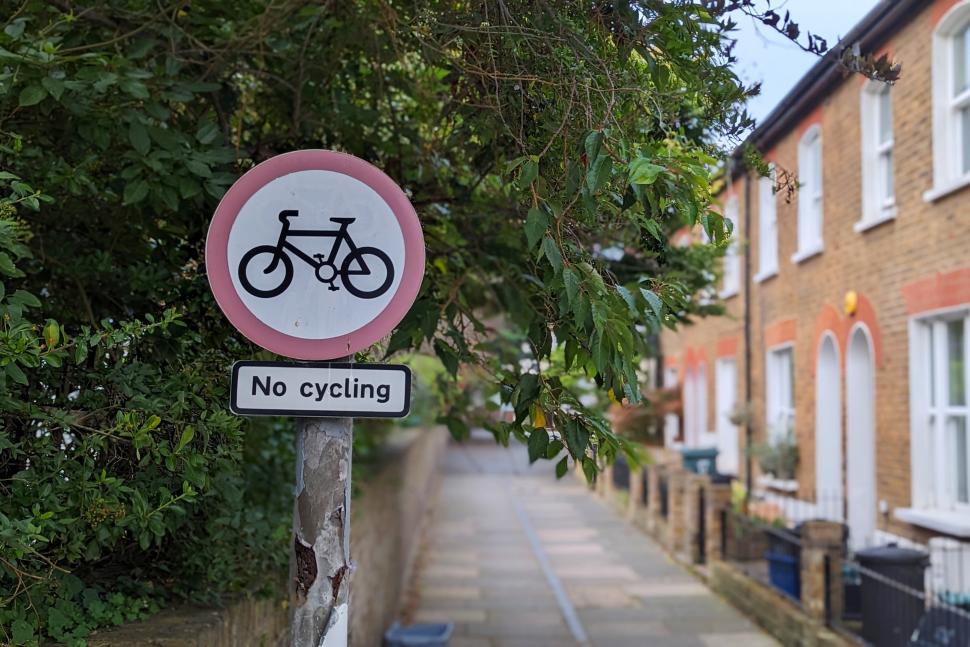
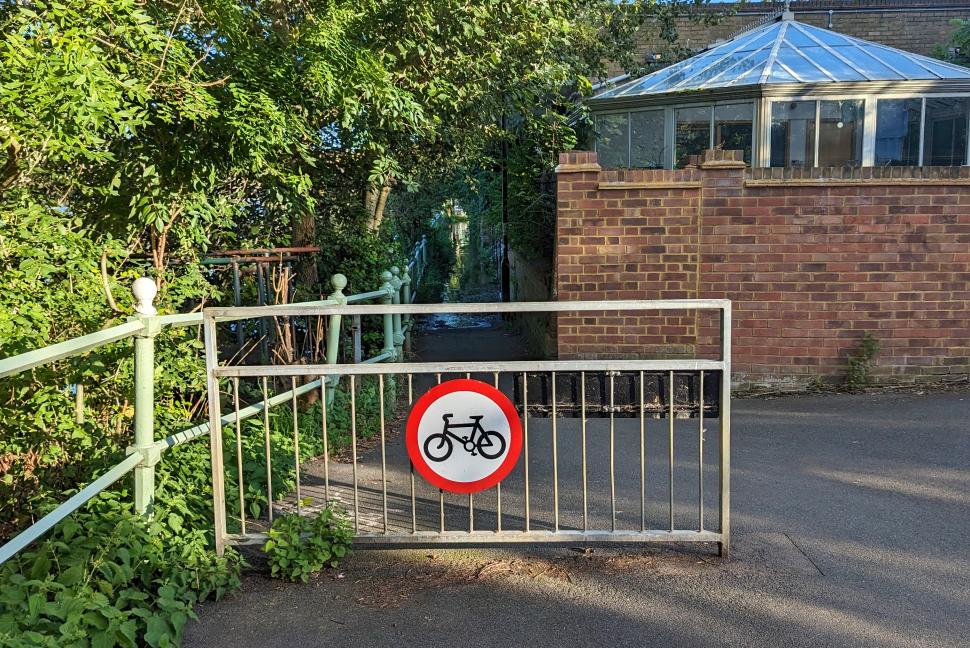


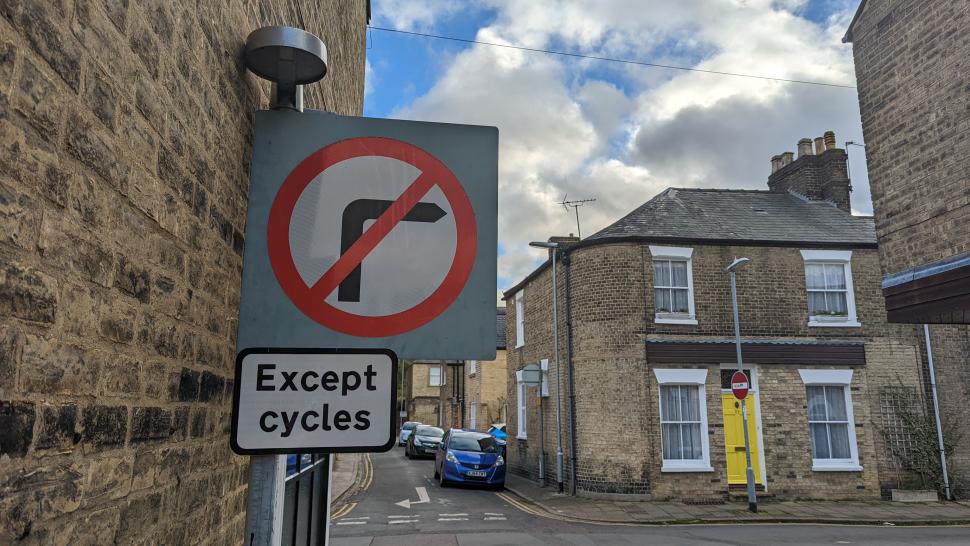
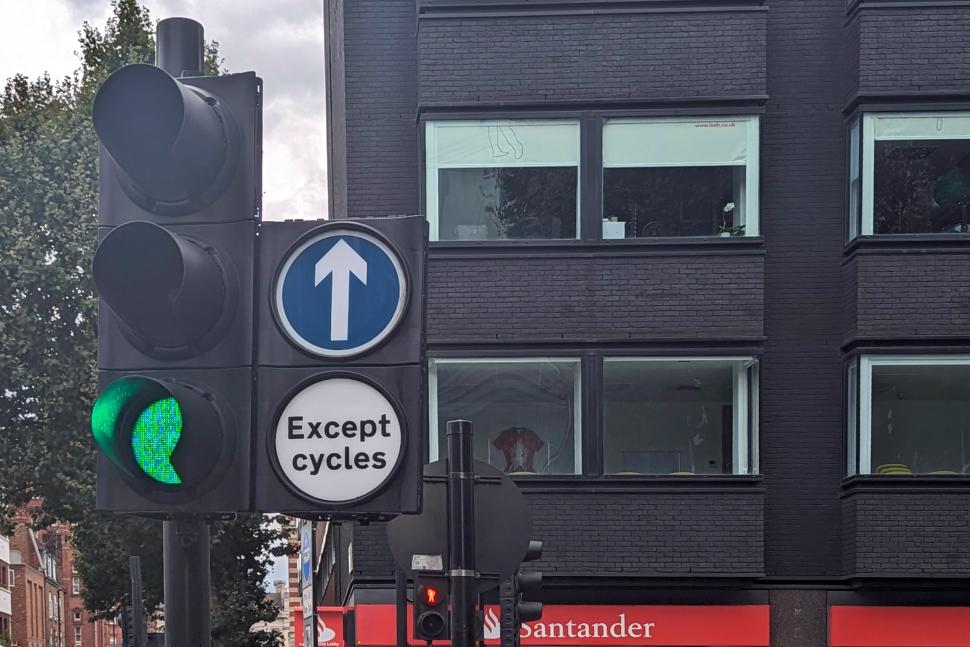
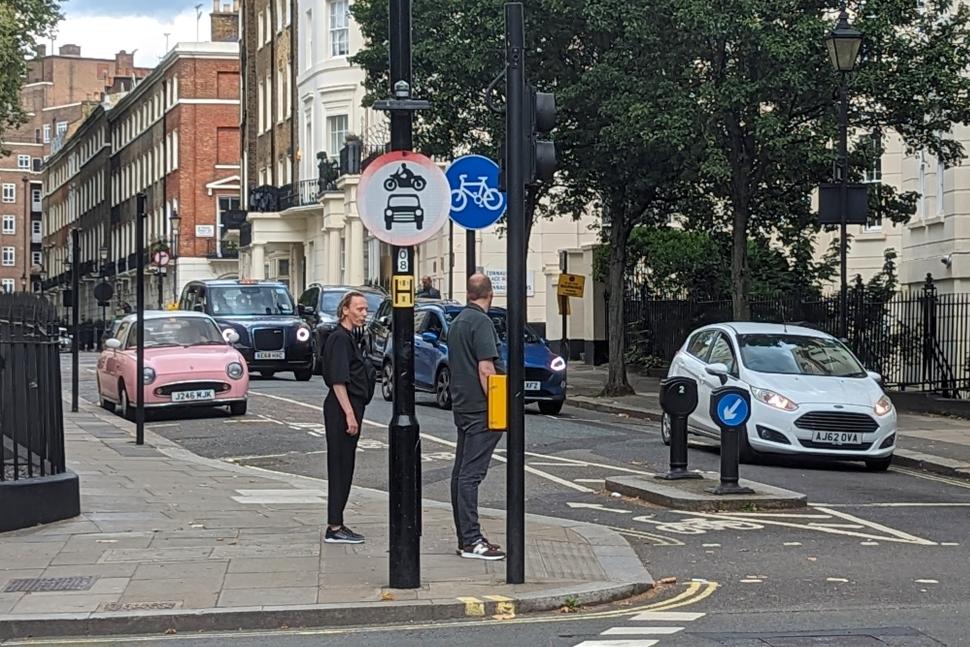

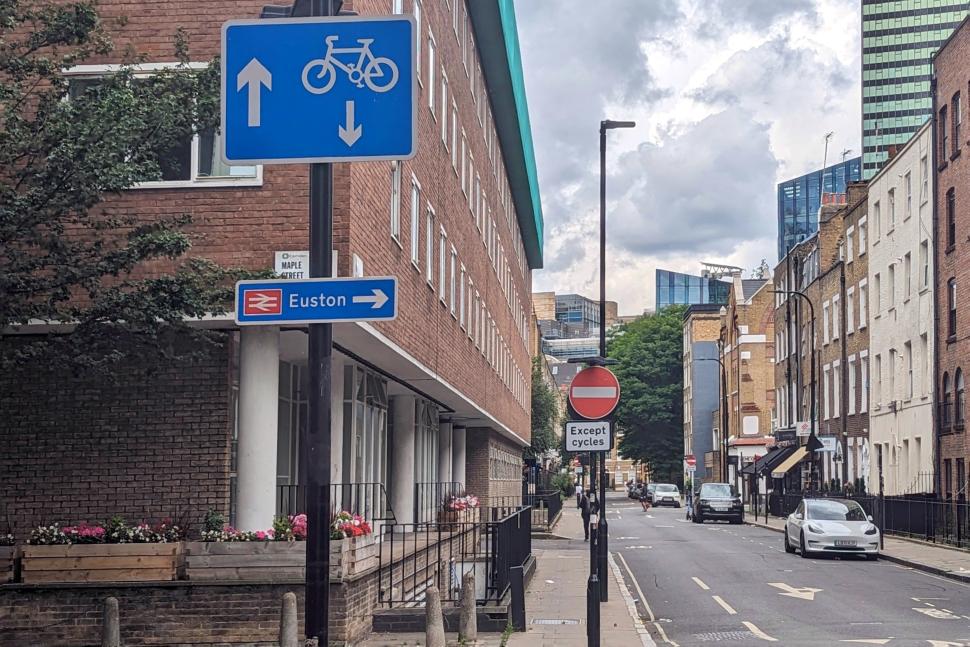
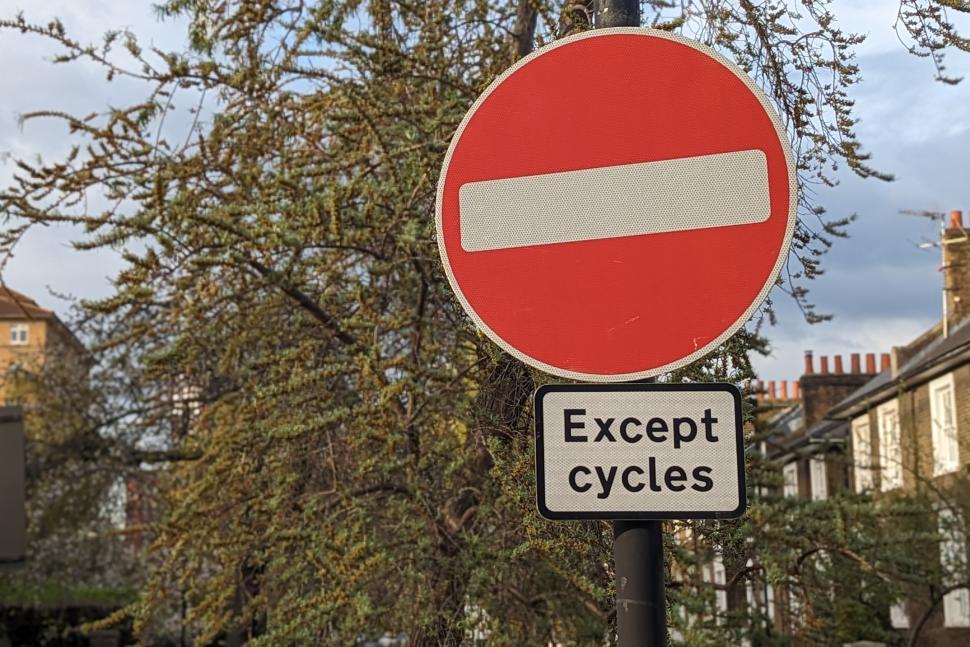
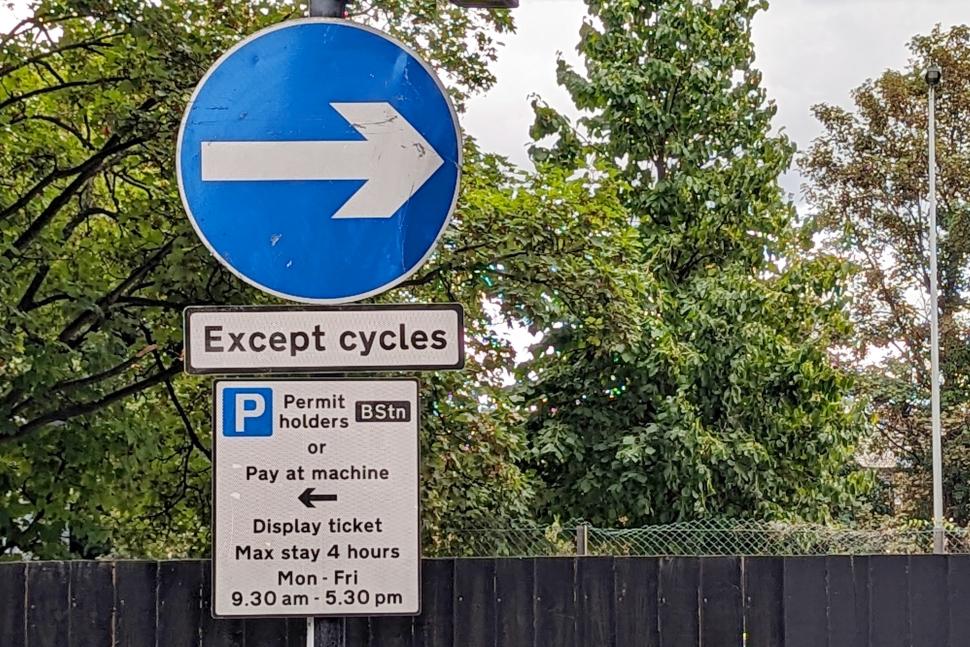
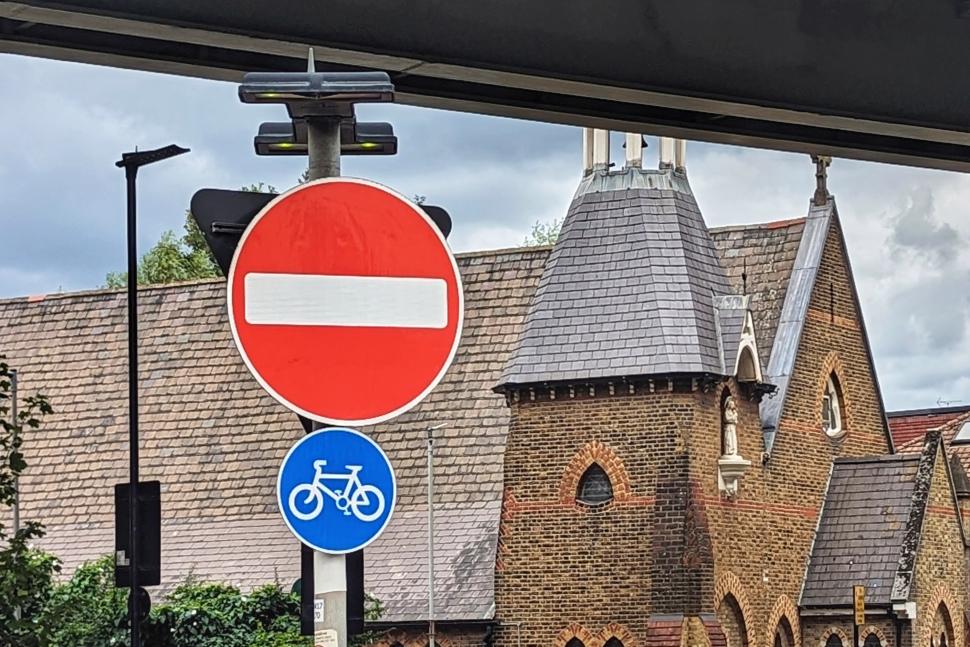
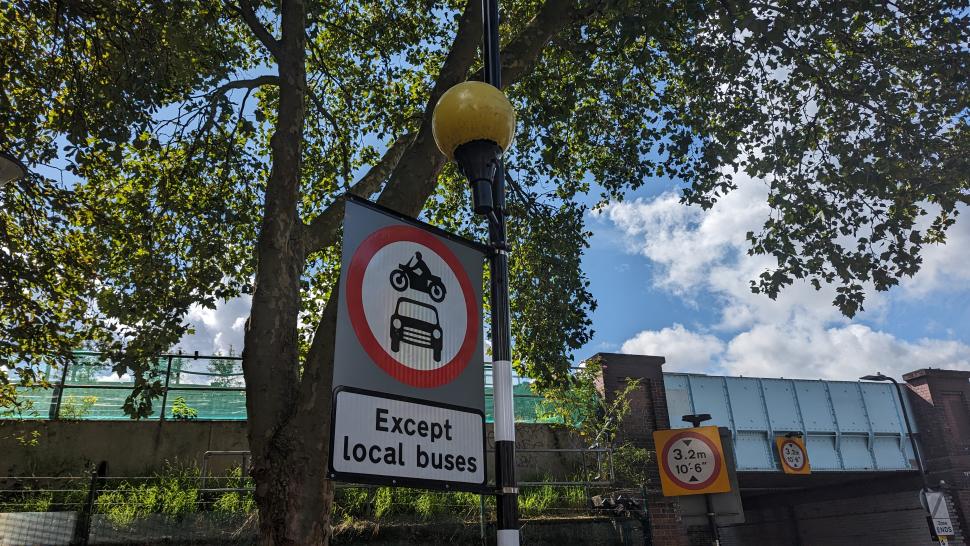
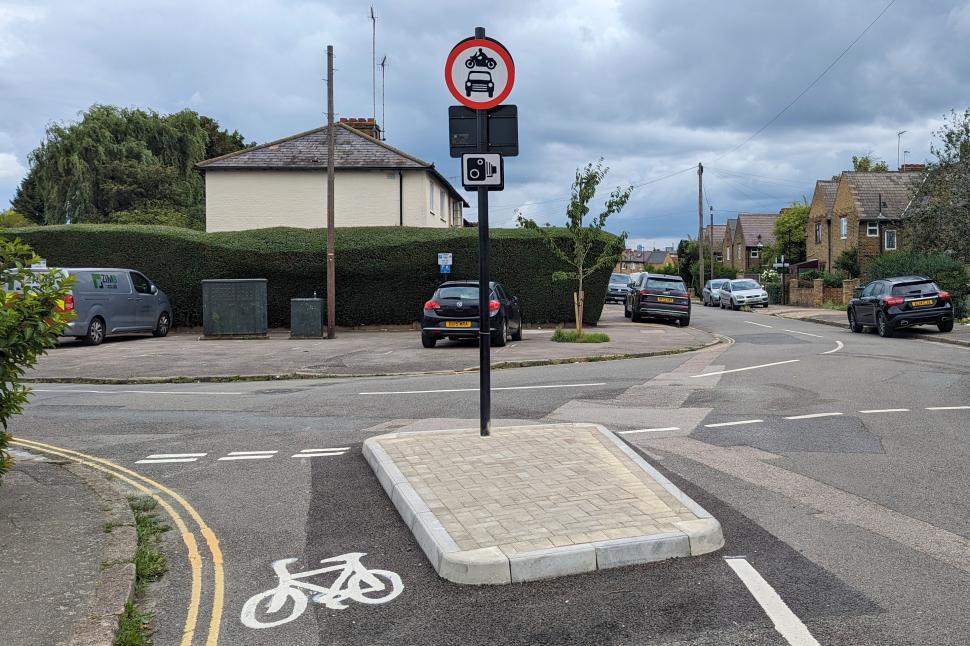

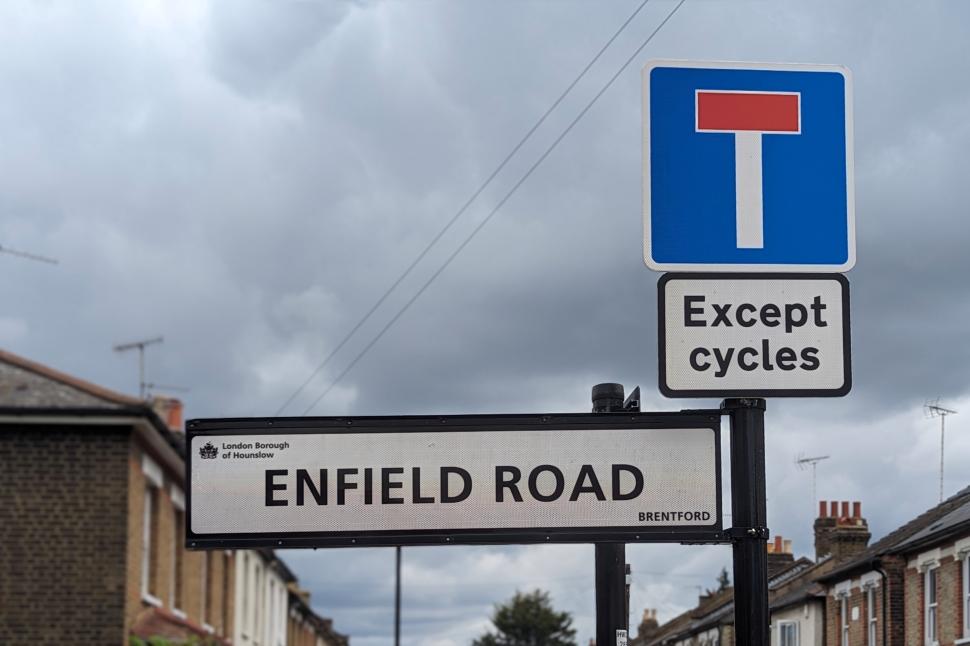
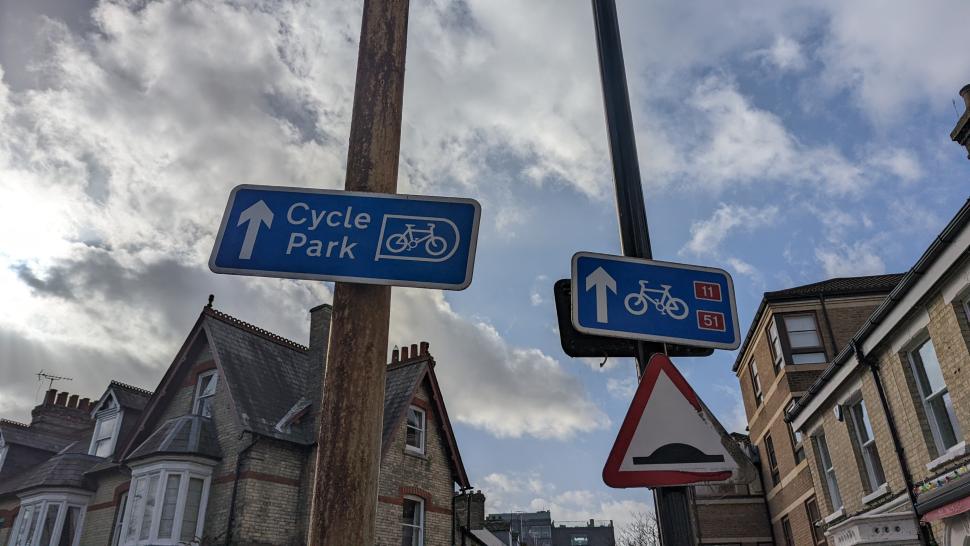
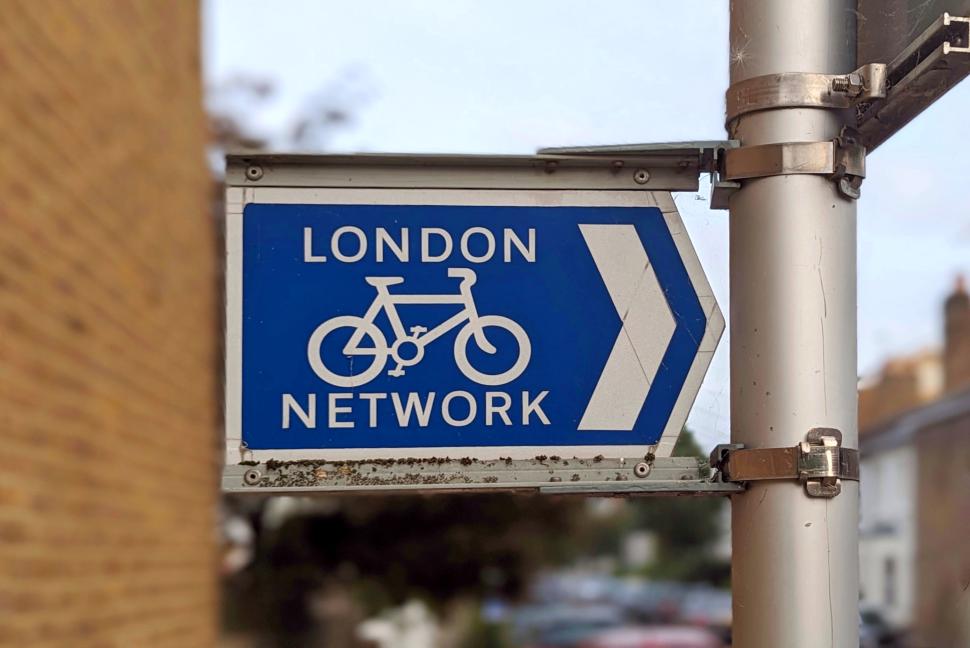
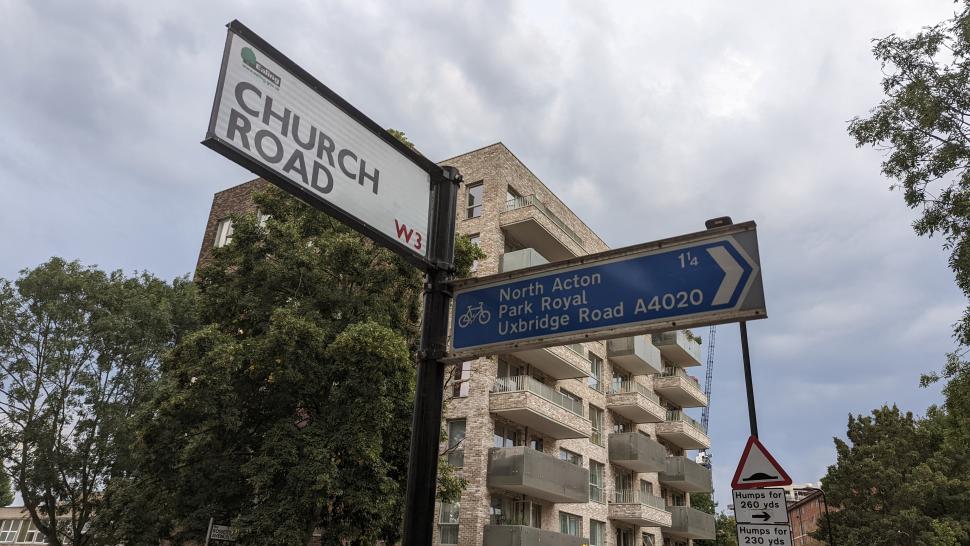
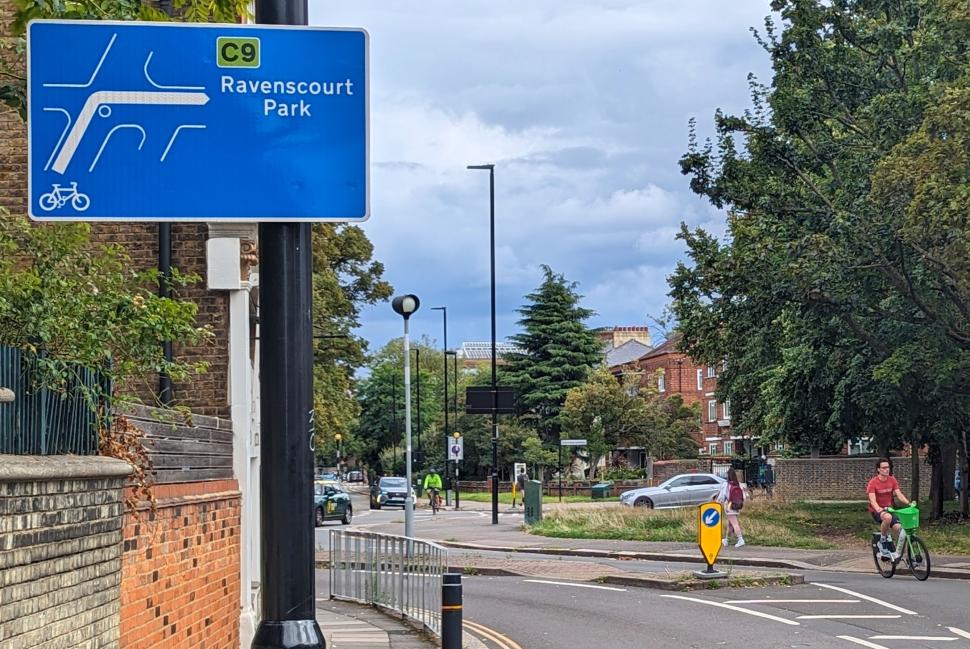
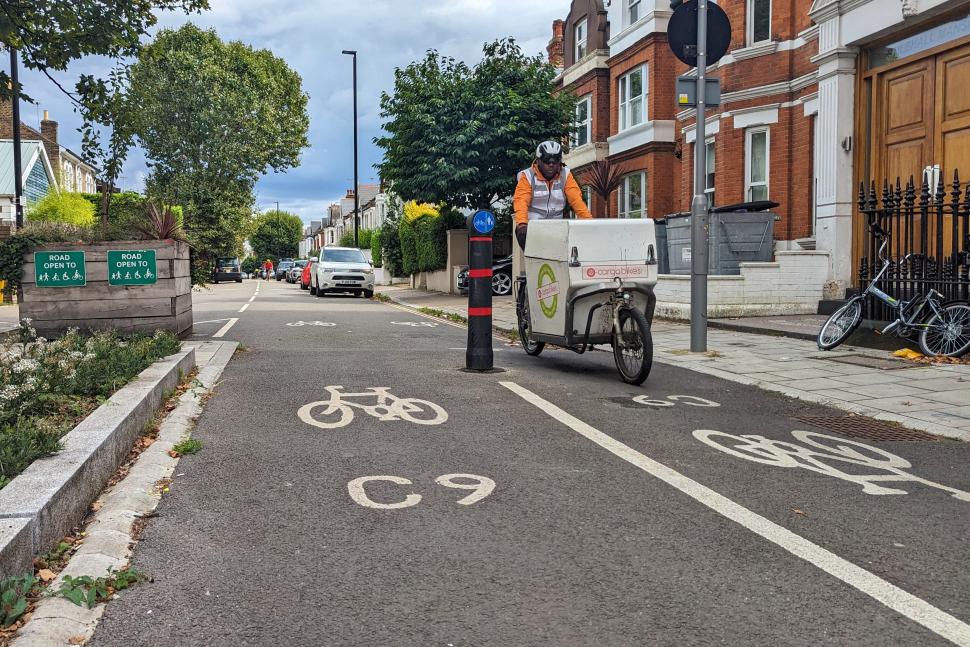


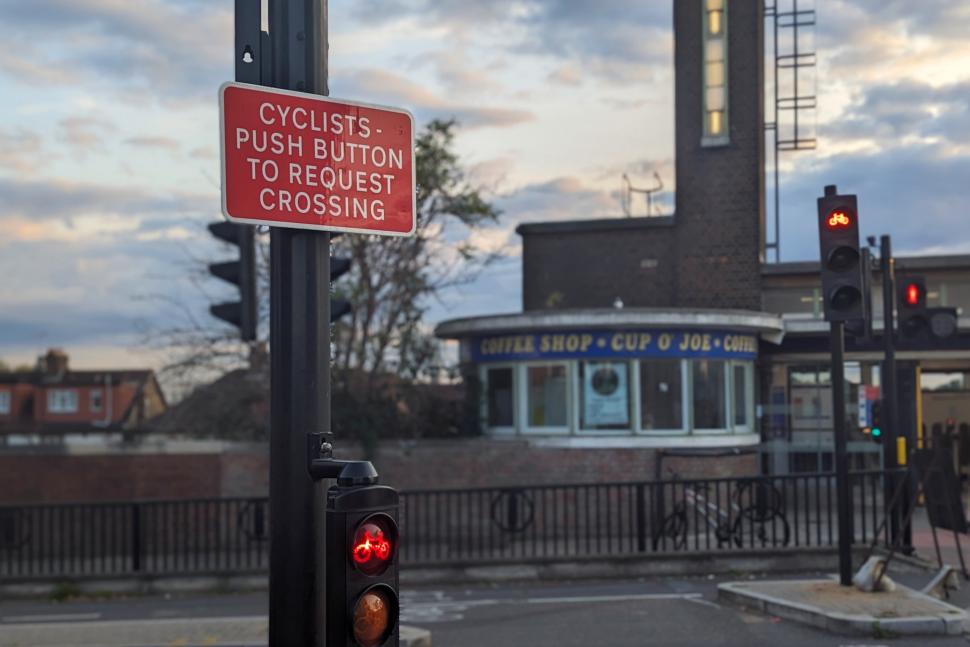
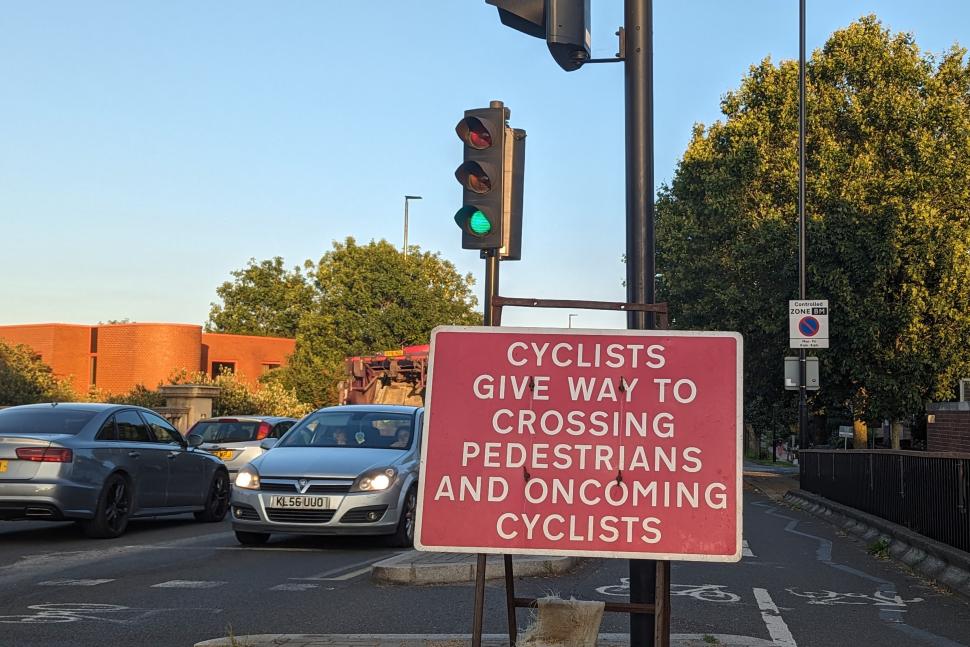
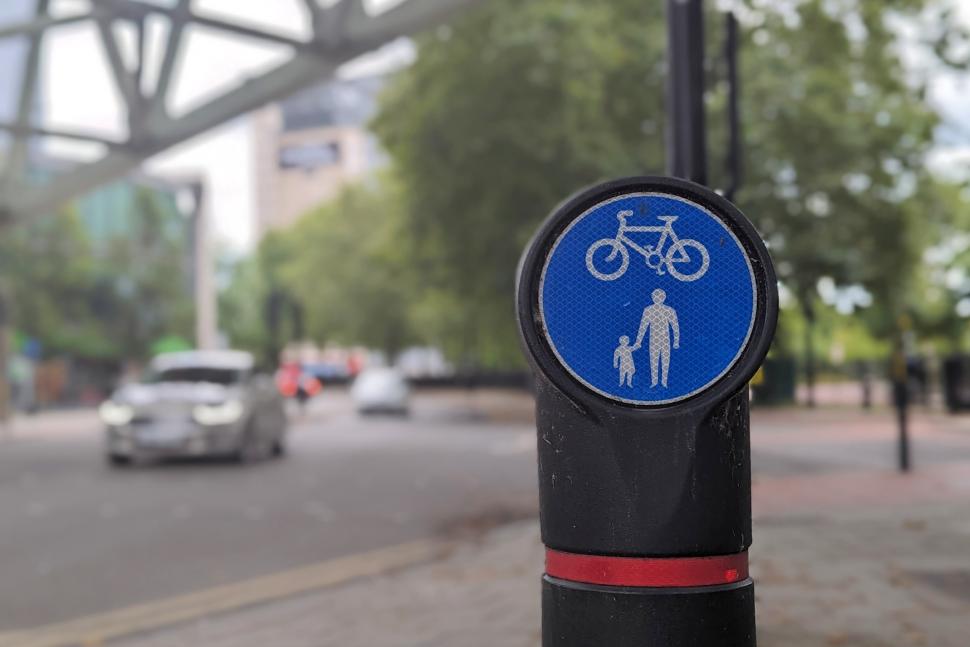

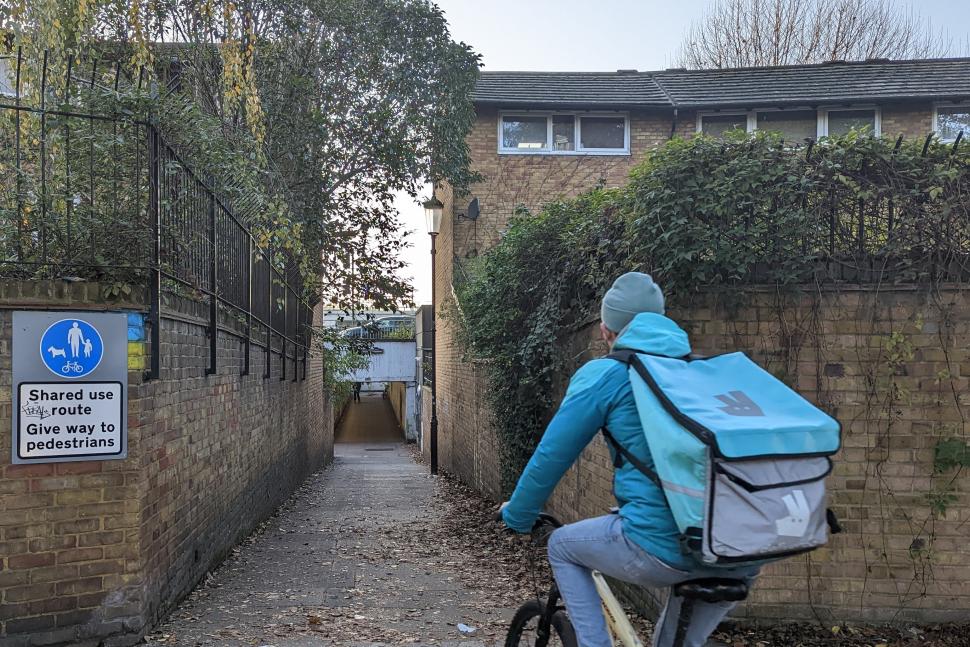
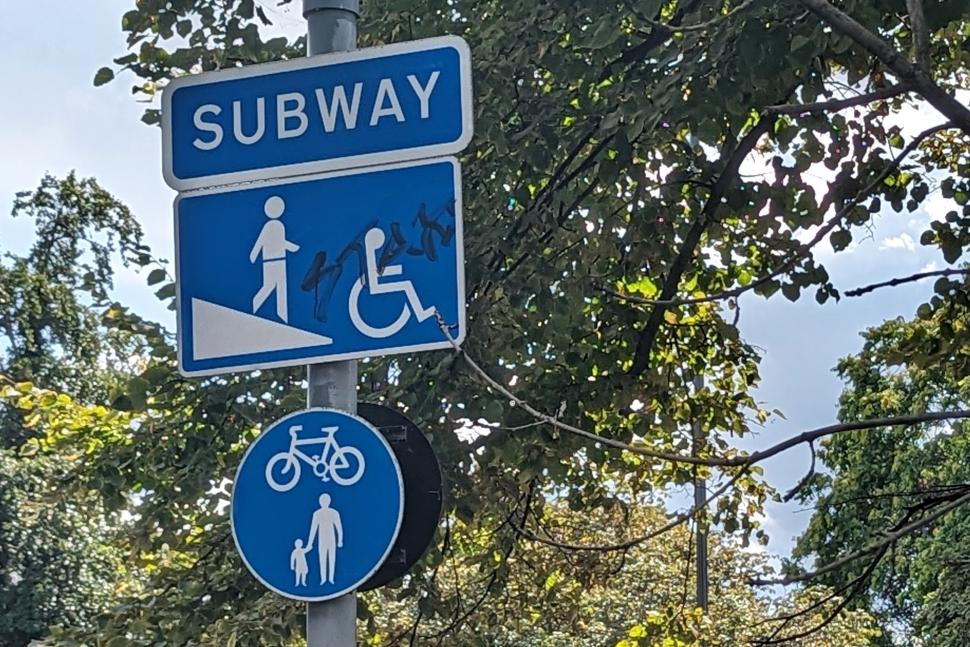
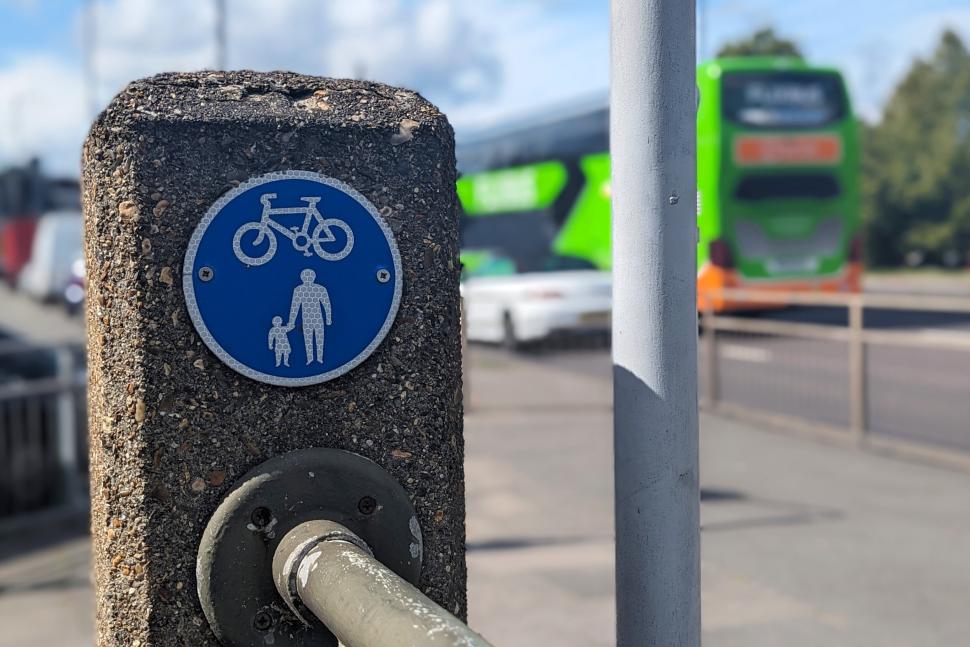
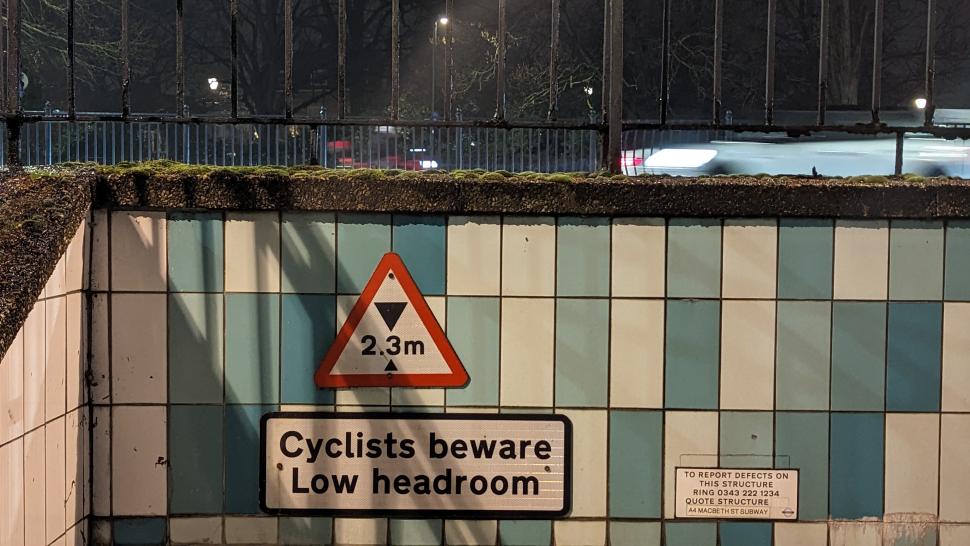
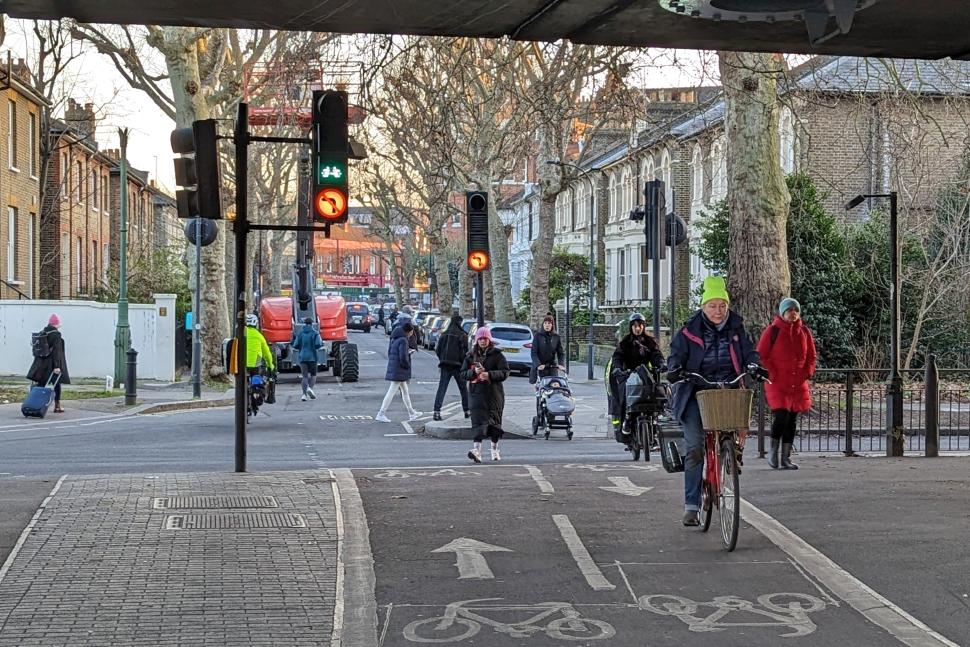


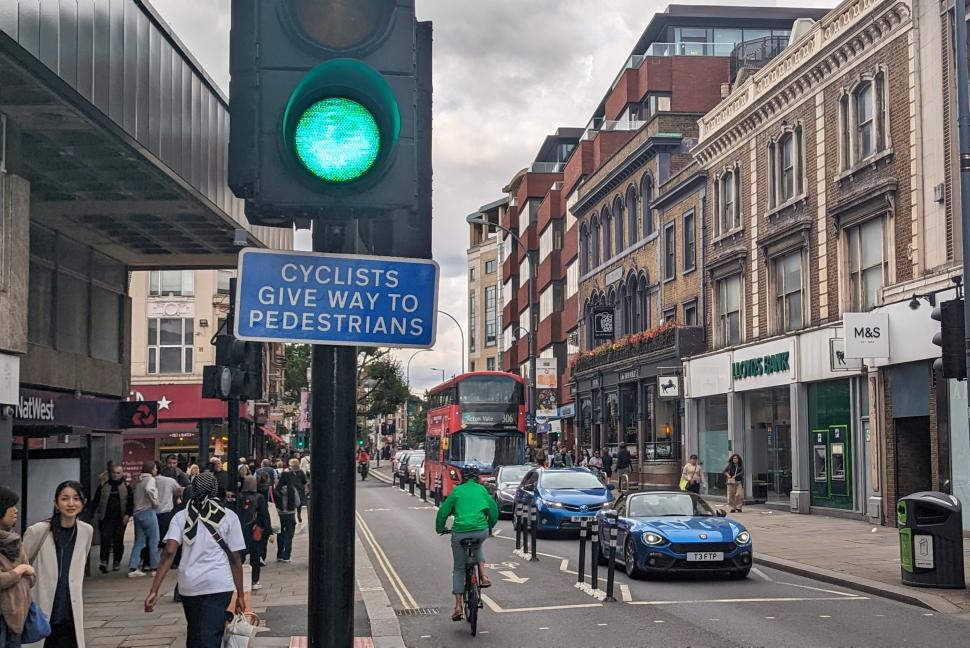


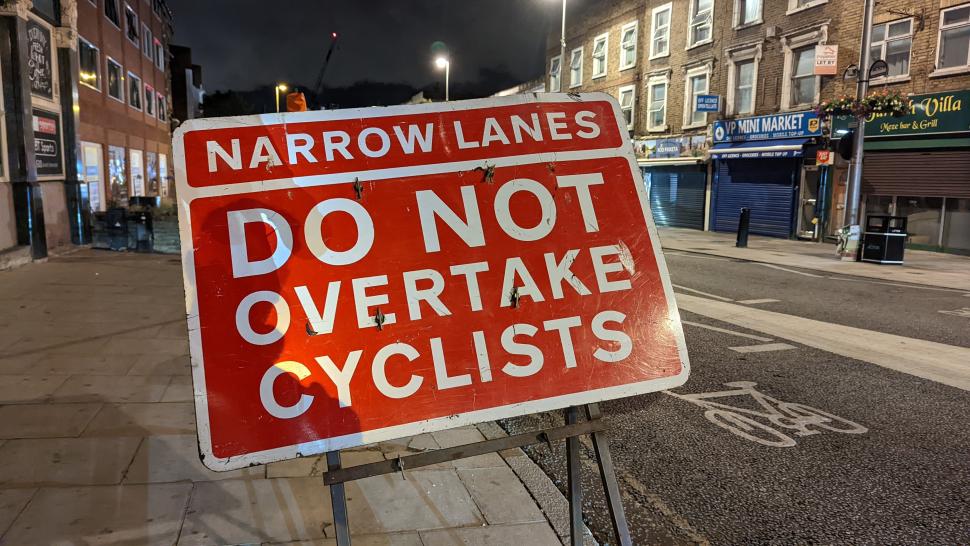
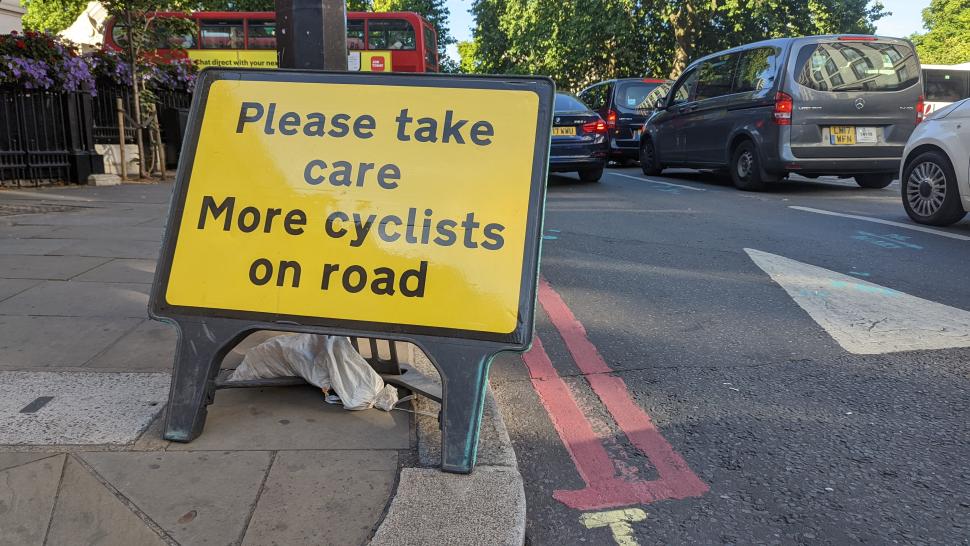
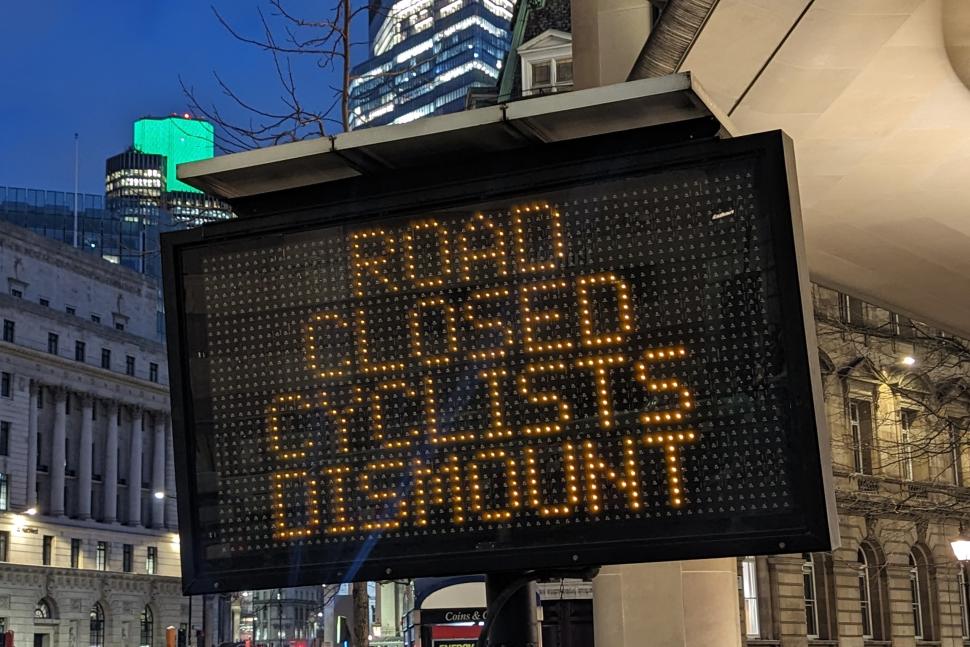
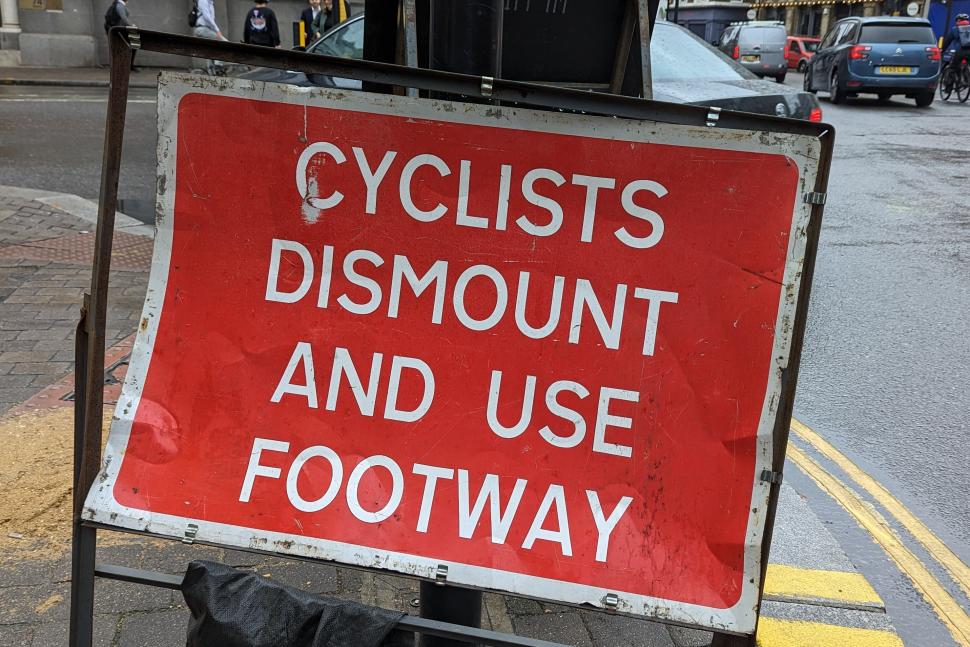
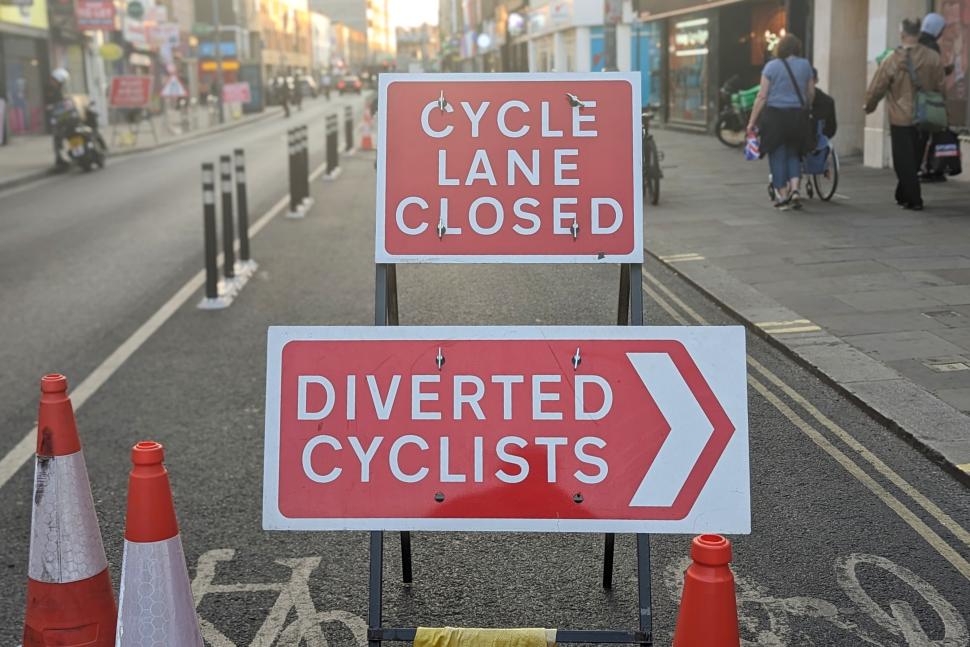
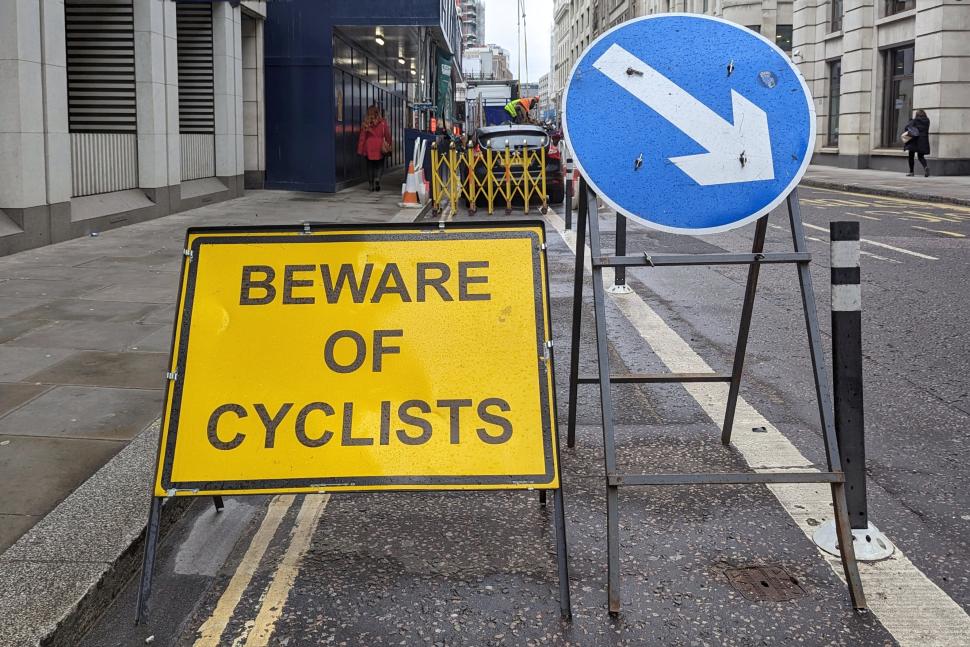
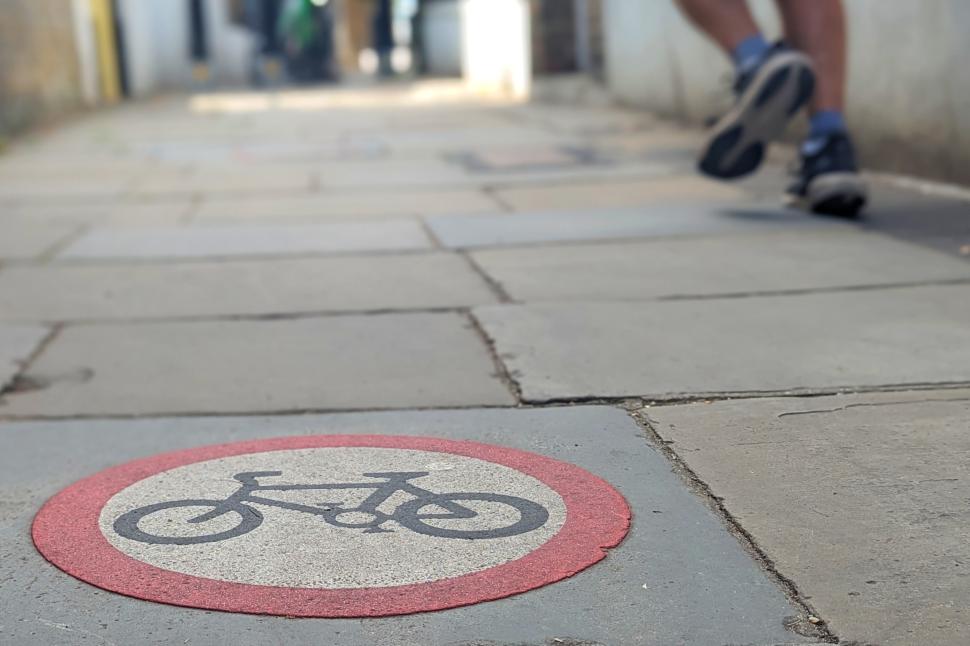
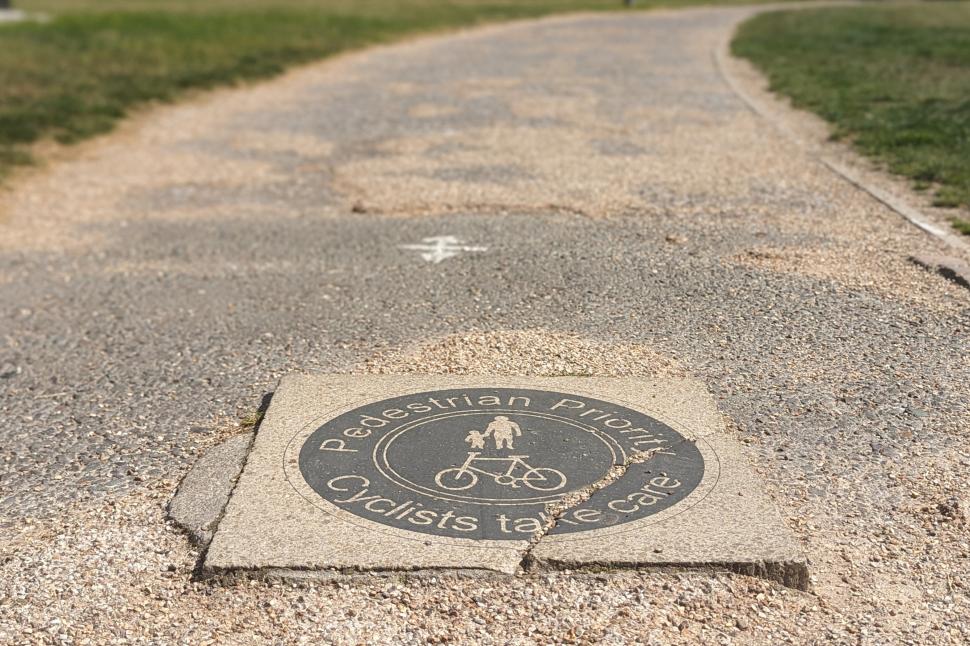

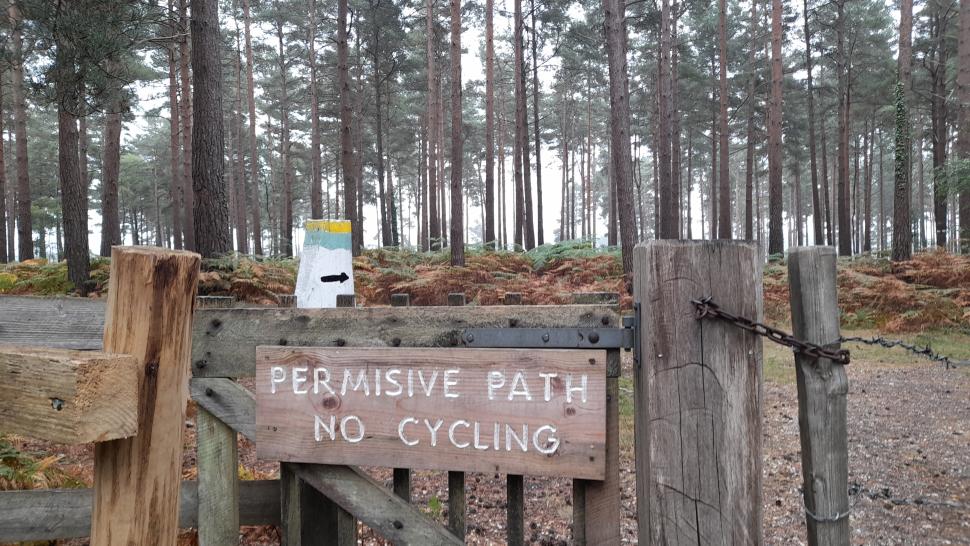
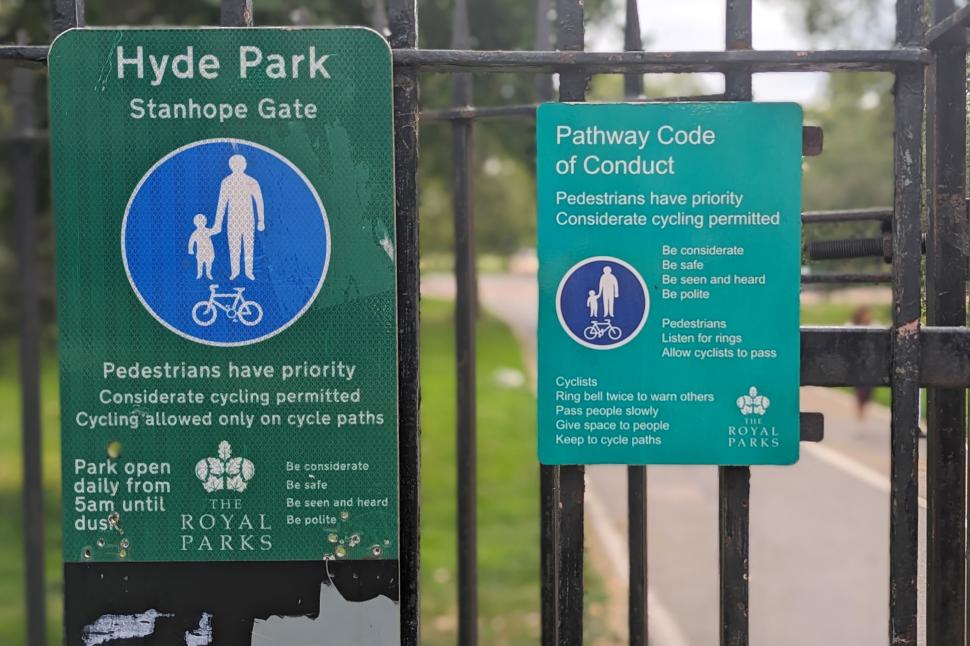
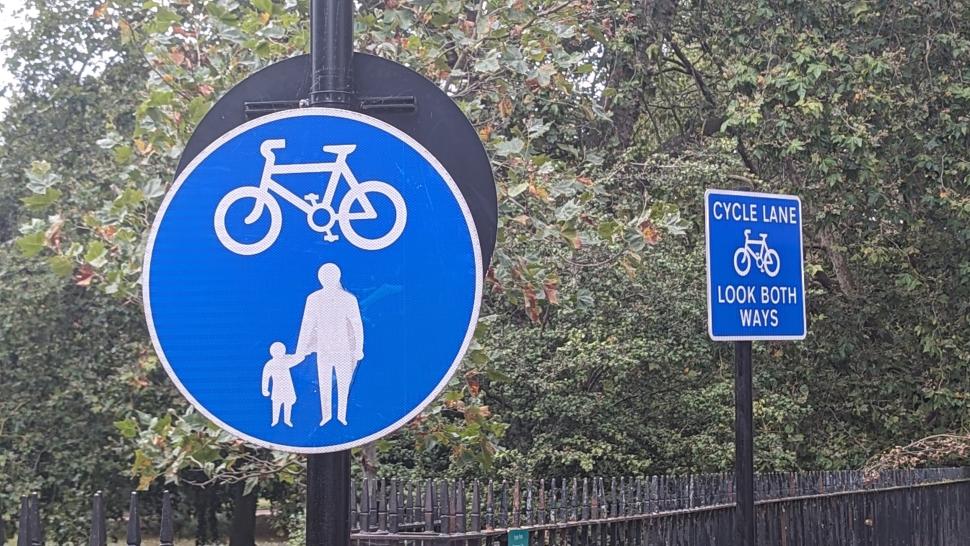
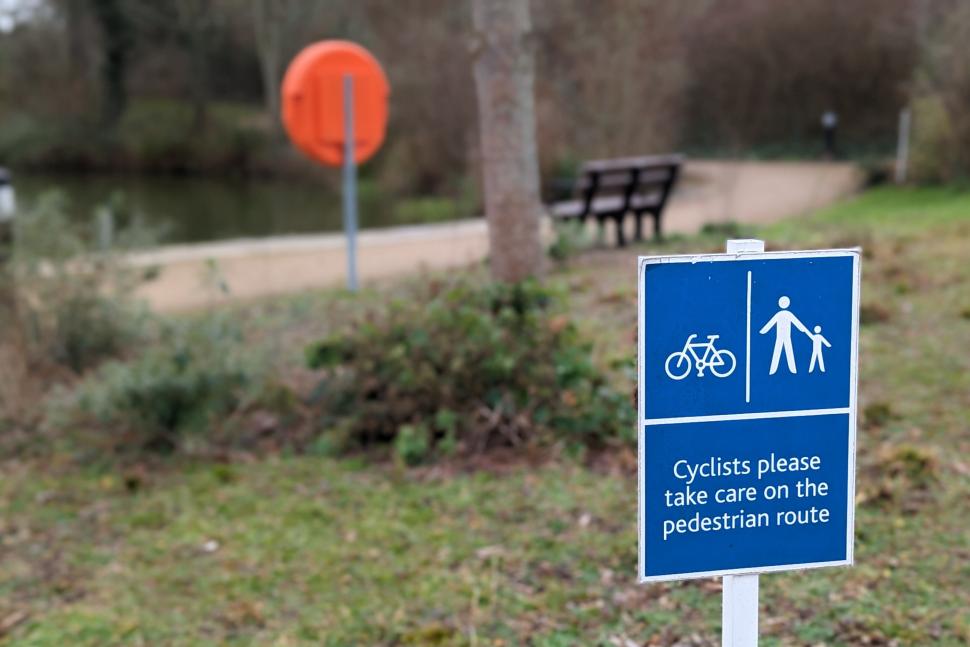
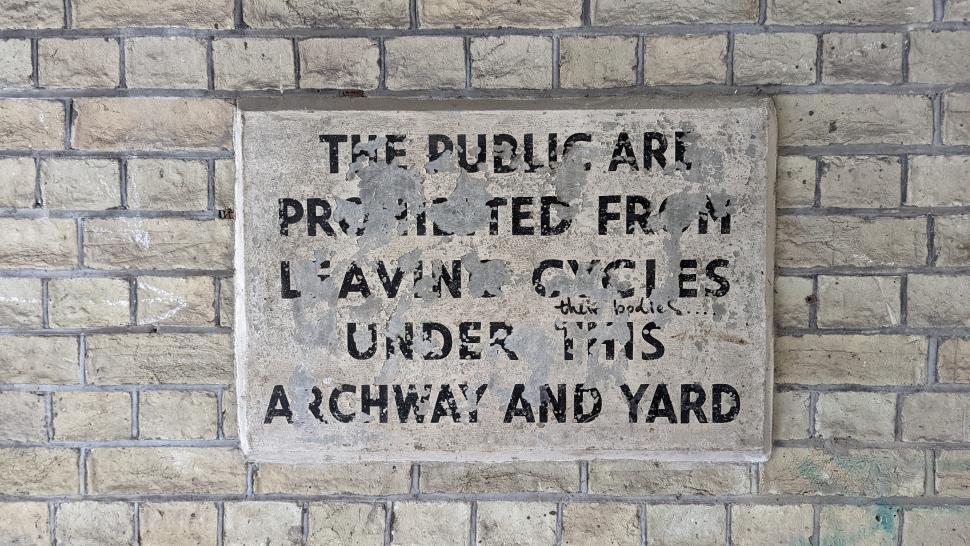


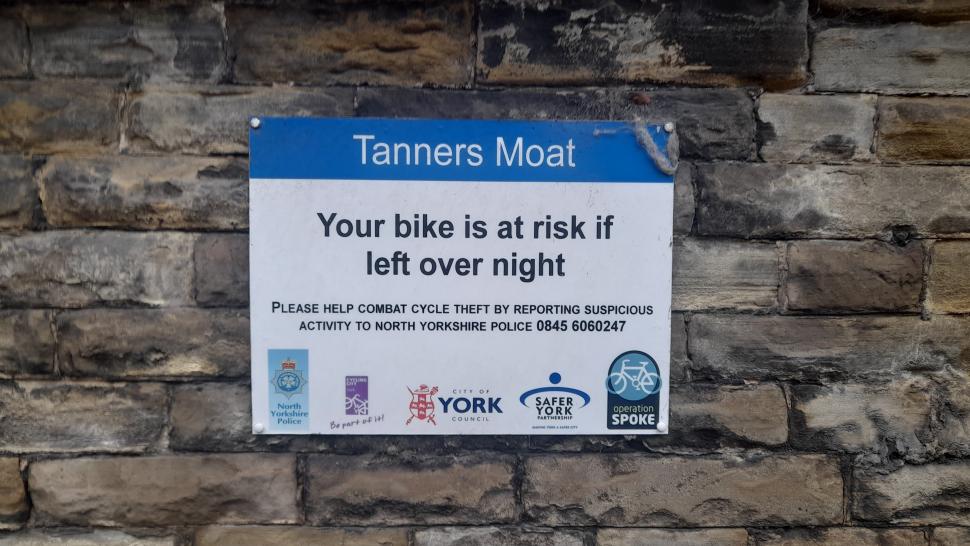
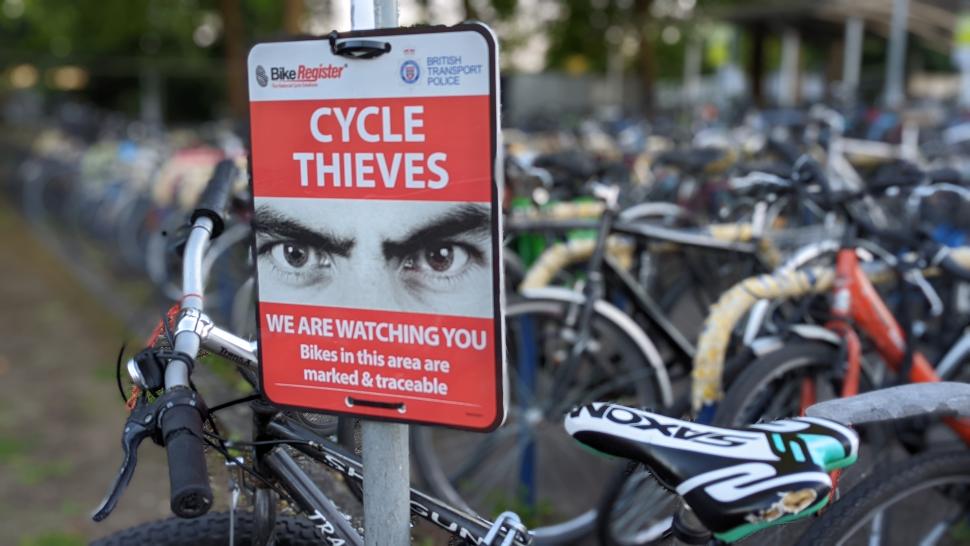
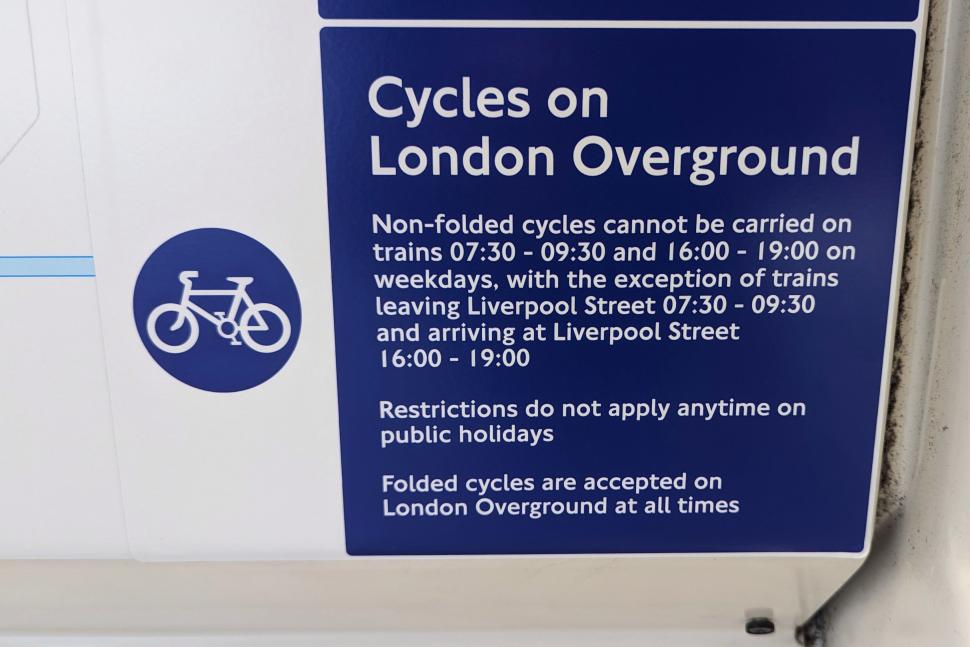
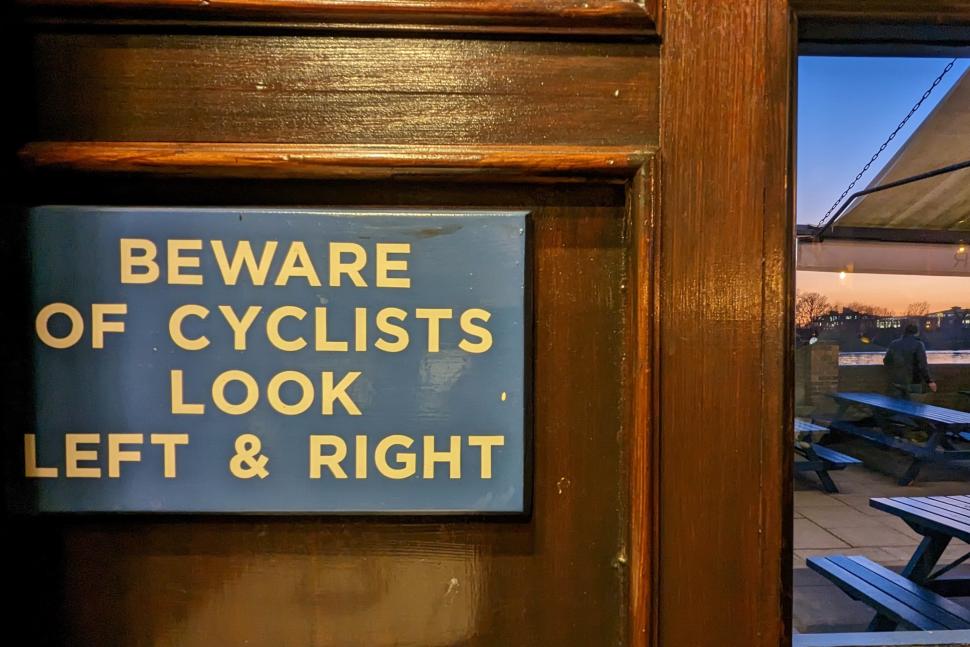
Add new comment
32 comments
It is - I finally remembered to pull some footage from my camera
Up my mum's way some concerned residents had placed their own repeater speed limits on random lampposts. Needless to say they quickly disappeared. To be fair the police have stepped up patrols on that particular stretch.
Pages